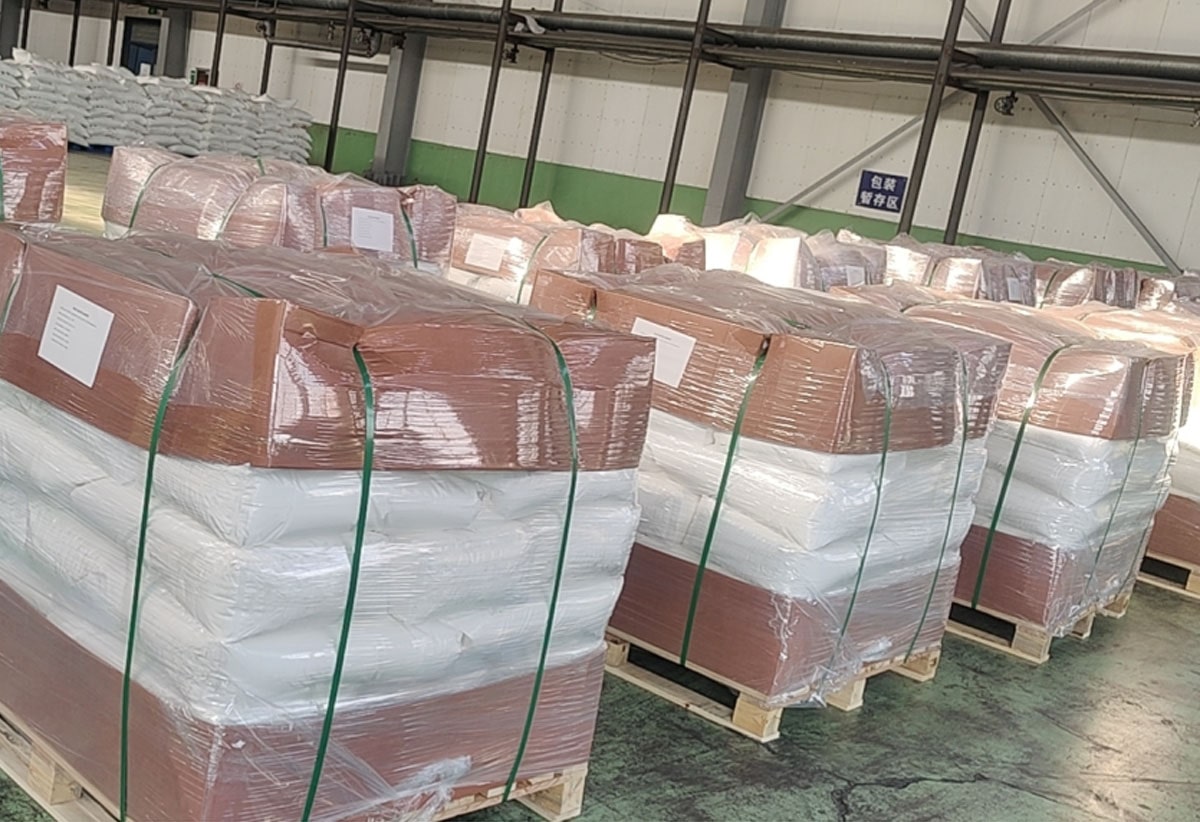5 misconceptions about polyacrylamide selection
Misunderstanding one:
When many people choose polyacrylamide, they believe that the larger the molecular weight of polyacrylamide, the higher the flocculation efficiency and the better the effect.It doesn't have to be like this.Polyacrylamide has more than 100 types. The nature of sewage produced by different enterprises is different. Some have acidic water quality, some have alkaline water quality, and others are neutral water quality. Some contain oil pollution, some contain a lot of organic matter, some contain color, and some contain a lot of sediment. There are various situations.Not one type of polyacrylamide can solve all problems, and all sewage of different water quality can be treated to the standard.It is necessary to select the type through a small experimental trial, and then test it on the machine to determine the better dosage, in order to achieve the best effect of low dosage and low cost.
Misunderstanding two:
Molecular weight and ionicity are the two important indicators of polyacrylamide, so is polyacrylamide mainly selected based on the level of ionicity?Ionicity refers to the yin-yang nature of the ion charge of this chemical reagent, as well as its charge density.The greater the ion degree, the smaller the molecular weight. At the same time, the higher the ion degree, the higher the price of the product. The ion degree has an impact on the tightness and water content of the flocculant of the product. In the selection process, further tests are required to determine the required polyacrylamide model.
Myth Three:
The longer the polyacrylamide is dissolved and stirred, the better?The appearance of polyacrylamide is white crystalline particles, generally between 60-80 meshes. It should be fully dissolved when used. The general dissolution and stirring time should not be less than 30 minutes. When the temperature is low in winter, the dissolution and stirring time should be extended.In many cases, PAM is not fully dissolved due to the short dissolution and stirring time, and rapid flocculation cannot be effectively carried out in sewage.
Myth Four:
Many people don't know much about the configuration concentration of polyacrylamide, and think that the higher the concentration, the better the flocculation.The concentration of amide is generally 0.1%-0.3%, which is suitable for flocculation and precipitation (depending on the molecular weight of PAM or the precipitation speed).When urban and industrial sludge is dehydrated, the configuration concentration is between 0.2%-0.5% (the configuration concentration needs to be adjusted according to the size of the sludge concentration).The size of the PAM configuration concentration depends entirely on the concentration of sewage and sludge. When the impurities in the sewage are too large, the polyacrylamide configuration concentration should be increased.Too large a concentration will also affect the effect of use, so you must do a good test to determine a reasonable dose before using it on the machine!
Myth 5:
Many people are very vague about the type of polyacrylamide, so they often choose the wrong type when choosing the type. How to distinguish the type of polyacrylamide?Polyacrylamide models can be roughly divided into three types: anionic, cationic, and nonionic.Anions are suitable for sewage flocculation, precipitation, lowering, clarification, etc., and can also be used for inorganic sludge dewatering.Cationic polyacrylamide is suitable for flocculation, sedimentation, decolorization, clarification, etc. of complex water quality, urban sludge dewatering, organic sludge dewatering, etc.Nonionic polyacrylamide is suitable for soil water retention, weakly acidic sewage flocculation, sedimentation, dehydration, etc.







